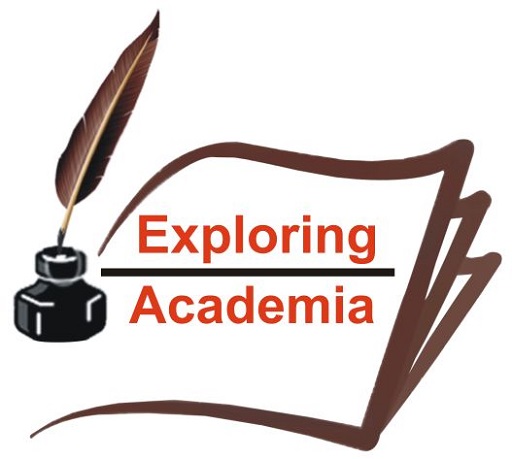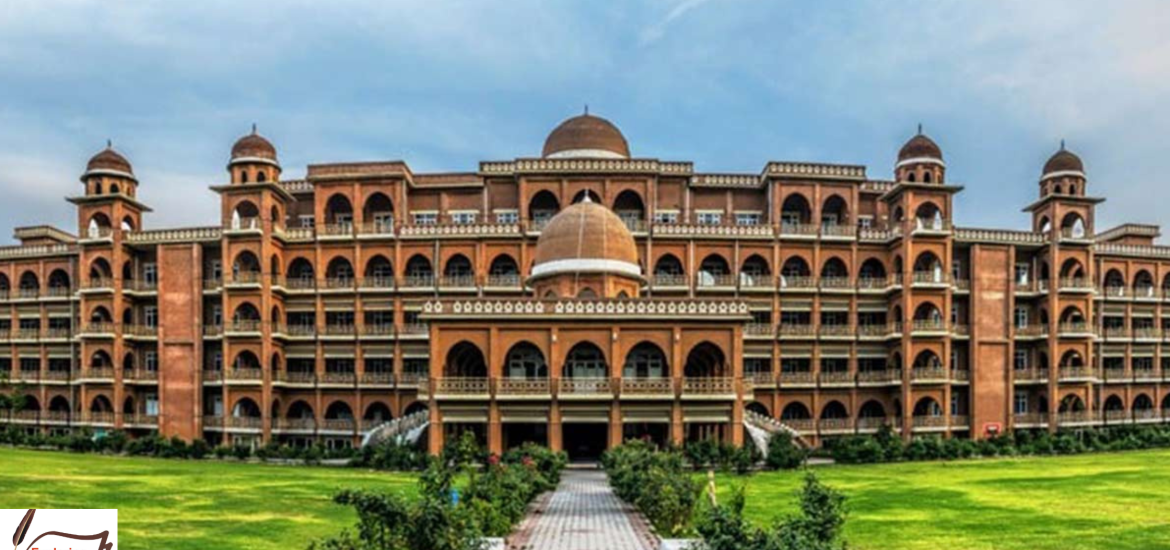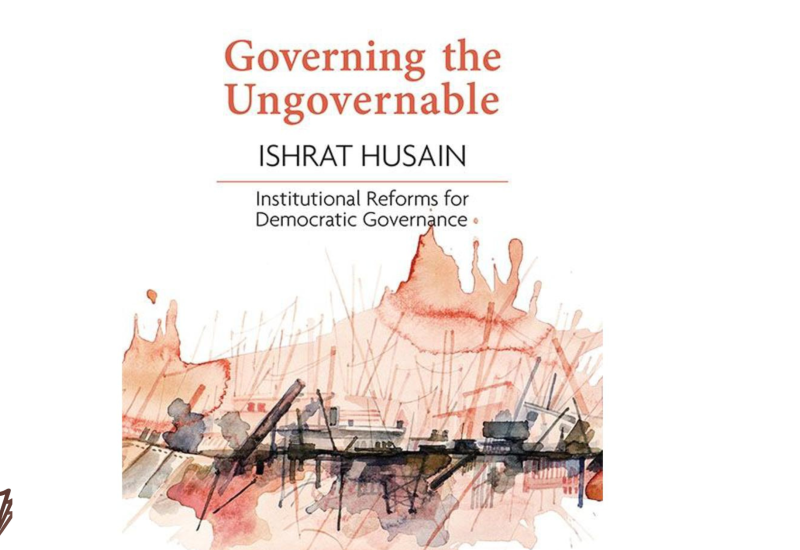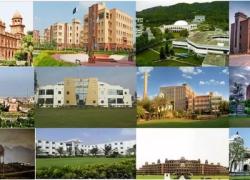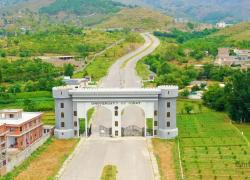The 10 major challenges confronted by the Higher Education Institutes in Pakistan
In this blog post, some of the major challenges confronted by the institutes of higher education in Pakistan are discussed in detail. The aim is to provide the policymakers and educational leadership with a deeper insight into the problematic areas in the higher education sector in the country for reforms and improvement. These challenges are outlined here:
- Management of human resources
- Role ambiguity
- Performance appraisal
- Interpersonal communication
- Mushroom growth of the universities
- Legal and judicial activism
- Lack of accountability
- Lack of autonomy
- Financial crunch
- Lack of automation/digitalization
These various challenges are further elaborated here:
1.Management of human resources
Universities, in general, have serious problems in connection with managing human resources. The human resources are managed in the most obsolete and redundant fashion. In some of the universities, it is even worse than the era of personnel management. The outdated bureaucratic framework, structure and function of the public sector are embraced in the universities. The entire HRM system is run by other than HR professionals. No serious effort has been made during the last seventy years to reform it.
2. Role ambiguity
In the universities, role ambiguity is staggeringly high with employees performing overlapping tasks across the board. Work processes are complicated and over dragging, germinating undue delay in completion of assigned tasks. The universities are espousing the procedures and formats evolved by the government for performing staffing function but the same is overwhelmingly malfunctioning. The working environment is highly uncongenial and the hierarchy is too complex to decipher. A little deviation from established practices may land employees in serious troubles. The Annual Confidential Reporting of performance is still in practice in the universities. Keeping a good rapport with the boss is the only yardstick ensuring excellent ACR.
3. Performance appraisal
Employees are not compensated for what they actually perform. The reward system is not performance based. High performance does not result in promotion, pay increase or appreciation hence, promoting mediocrity as bad performance has never been censured. Career growth and development has never been a priority area. Limited opportunities are available for the capacity building of employees plaguing serious issues of the nomination of employees, determining the relevance of training and practical application of training to the job.
4. Interpersonal communication
In the public sector universities, the relation among teaching faculty and administrative staff has always remained strained. In the first generation universities, it is at its worst. There prevail serious trust deficit and lack of effective coordination among various offices, teaching faculty and administrative staff. The teaching faculty, with higher qualification and having proportional representation in the decision making bodies place themselves in the driving seat and regard the administrative staff as the root cause of all the evils. With poorly trained, persistently dogged behavior and bureaucratic frame of mind, the administrative staff reciprocates in the same coin constraining smooth functioning of the institutions.
5. Mushroom growth of universities
The country has witnessed a mushroom growth of universities both in public as well as private sector in the recent past. During the last couple of years, a number of new universities have been established in the country majority of those were set up in the Khyber Pakhtunkhwa province. Some of the universities have established a number of satellite campuses offering programs in certain new disciplines across the country.
These new universities were founded more on political grounds rather than for genuine and justifiable academic reasons. This mushroom growth has engendered a myriad of administrative, academic and financial problems. The most important among these is the issue of financial sustainability, multiplied by academic problems (i.e. students enrollment (with no nursery) and launching of new academic programs without proper need assessment). Development of infrastructure and construction of purpose-built buildings are issues of serious concern as these universities were established mostly in rented buildings as a make-shift arrangement. Attracting, retaining, compensating and keep motivating qualified faculty and administrative staff are intriguing. Ultimately, these universities are believed to be delivering compromised quality of education.
6. Legal and judicial activism
Since inception, courts of law has been regarded as the ultimate source for administering justice and salvage mechanism for resolving disputes and alleviating grievances in connection with university academic and administrative affairs in the universities. With the emergence of independent judiciary and strengthening of grievances redressal mechanism in the country such as Services Tribunal and Federal Ombudsman, the frequency of the cases, finding it recourse in the courts of justice for settlement has increased manifold.
These issues mainly cover a broad range of areas encompassing academic matters such students affairs, exam related affairs and affiliation cases, nonetheless, most of these issues pertain to HR predominately matters touching eligibility criteria, recruitment and selection, promotion, tenure, compensation, study leave and admissibility of fringe benefits. These increasing court cases not added to the administrative problems but also hindered the smooth functioning of the universities affairs to a greater extent.
7. Lack of accountability
The institutes of higher education, enjoying autonomous status across the globe, are considered less accountable and more self-governing. However, the changing landscape of higher education and increasing demands for openness and transparency have postulated even a great deal of social responsibility and accountability on the part of the academia. The skyrocketing costs of higher education have growingly been felt by the taxpayers who also had to support larger shares of the cost of other public sector entities such as health and social security, universities are required to demonstrate that they are making proper and efficient use of the funds made available to them. This approach shall enhance the quality as a result of more emphasis on quality assessment rather than quantity.
8. Lack of autonomy
The extent to which public sector universities in Pakistan relish autonomy and academic freedom, in the backdrop of persistent political upheaval and long checkered history of centralized despotic regimes, is a matter of serious debate. Throughout its history, the institutions of higher education in the country remained under the vicious hold of state machinery. To articulate that the entire education system is hijacked by vested interests is not an oversimplification. The higher education, in this connection, has been the worst affected. Concerted efforts were made to ‘to keep the universities entirely under the government’s thumb’ even though from the very beginning. Historically speaking, the colonial masters produced a colonial university-a university, which was not having the financial muscles and psychological, social and legal potential to confront the authorities at the helm of affairs. Having such an overriding colonial legacy, higher education institutes in the country, till date, never enjoyed the desired level of autonomy.
9. Financial crunch
The deteriorating financial health of universities is another matter of serious concern for the new government. For the state-run colleges and universities, public funding is the prime source of financial support without which it would not be viable to run their business. Generally speaking, institutions of higher education in the country tend to be mostly under-funded and understaffed and unable to purchase anything at liberty. The government has stifled runoff funds to public sector universities over the past few years. All schemes concerning overseas scholars and scholarships have been adversely affected. Some universities in the country are on the ‘brink of closure because of a chronic financial crunch’. If media reports are to be believed, some universities are unable to pay salaries to the employees and some did not have enough money to pay utility bills. As an outcome, universities in Pakistan are usually far below the academic standards set by universities in industrialized countries.
10. Lack of automation/digitalization
Almost all of the public sector universities have zero level of automation as maximum of their process are undertaken manually. The internal functions and operations, in most of the cases, are labor-intensive, strenuous and exhausting. Serious efforts were not undertaken in the past to digitalize internal system, sub-systems and processes in the universities. The important functions such as academics, financial affairs, recruitment & selection, grievance redressal, library, sports, procurement and store are managed manually which need to be fixed if the public sector universities want to compete at a global level.
Conclusion
These issues, problems and troubles ought not to be taken as a source of despair and pessimism. I hope, the initiatives of the new government shall be the dawn of a new era of reforms in the higher education sector marked by instituting effective human resource management systems in the universities. The optimistic feeling still prevails that the public sector entities this time shall seriously consider reforming human resource management system according to the changing needs of the time.
